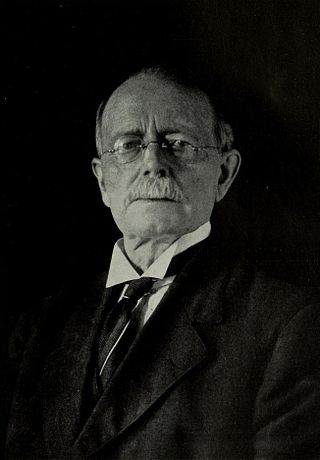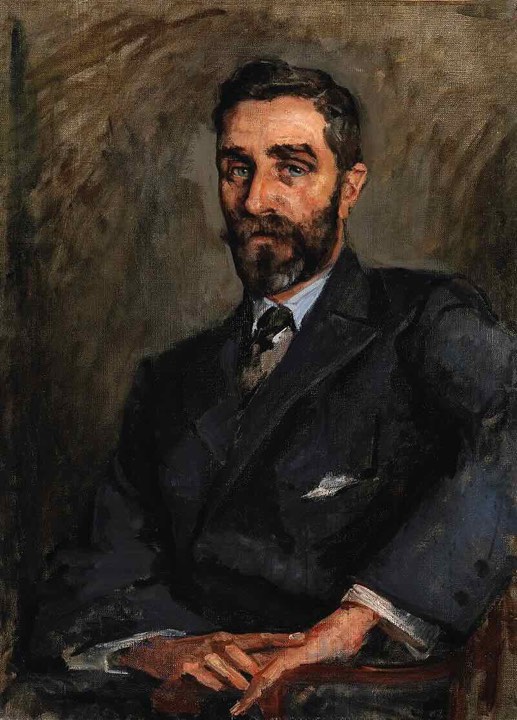- August 12, 1914
John Philip Holland, the Irish engineer and inventor who designed the first successful submarine, died on August 12, 1914. Born in Liscannor, County Clare, Ireland, on February 24, 1841, Holland is widely regarded as the father of the modern submarine.
Early Life and Background
-
Birth and Education: John Holland was born in the small coastal village of Liscannor, County Clare. His father was a member of the British Coastguard, and his upbringing in a maritime environment may have influenced his later interest in naval engineering. Holland was educated by the Christian Brothers in Ennistymon, County Clare, where he excelled in science and mathematics.
-
Emigration to the United States: In 1873, Holland emigrated to the United States, where he continued to pursue his interest in engineering and invention. He initially worked as a teacher, but his passion for naval design led him to focus on developing a submarine that could be used in naval warfare.
Development of the Submarine
-
Early Designs: Holland’s first submarine designs were developed in the 1870s. He submitted his designs to the U.S. Navy, but they were initially rejected. Undeterred, Holland continued to refine his concepts, focusing on the use of steam power and later, gasoline engines, to propel the submarine underwater.
-
Funding from the Fenians: Holland found financial support from the Fenian Brotherhood, an Irish nationalist organization based in the United States. The Fenians were interested in using submarines to attack British shipping as part of their campaign for Irish independence. With their funding, Holland built his first experimental submarine, the “Fenian Ram,” in 1881.
-
Success with the U.S. Navy: Holland’s persistence eventually paid off. In 1896, he launched the “Holland VI,” which became the first submarine to be formally commissioned by the U.S. Navy. After successful trials, the U.S. Navy purchased the submarine in 1900, renaming it USS Holland (SS-1). This submarine set the standard for modern submarine design, with features such as a gasoline engine for surface propulsion, an electric motor for underwater propulsion, and the ability to launch torpedoes.
Later Life and Legacy
-
Contribution to Submarine Warfare: Holland’s designs revolutionized naval warfare. The submarines he developed were the precursors to the modern submarines used by navies around the world. His work had a profound impact on naval strategy and military technology, particularly in the 20th century.
-
Death: John Philip Holland died on August 12, 1914, in Newark, New Jersey. His death came just as World War I was beginning, a conflict that would see the extensive use of submarines, including those based on his pioneering designs.
-
Recognition and Legacy: Despite his significant contributions, Holland did not achieve great wealth or widespread recognition during his lifetime. However, his legacy as the father of the modern submarine is well established. Today, he is remembered as one of Ireland’s most important inventors, and his work continues to be honored by the U.S. Navy and the submarine community worldwide.
-
Memorials: Holland’s contributions to naval engineering are commemorated in various ways, including memorials in Ireland and the United States. The John P. Holland Centre in Liscannor, County Clare, celebrates his life and achievements, and his name is associated with several schools, streets, and other landmarks.
John Philip Holland’s death marked the end of a life dedicated to innovation and engineering. His pioneering work on the submarine not only changed the course of naval history but also demonstrated the impact that one determined individual can have on the world.

 ← Easter Uprising Arms Arrive
← Easter Uprising Arms Arrive
 Mary Slessor, missionary in West Africa, died →
Mary Slessor, missionary in West Africa, died →